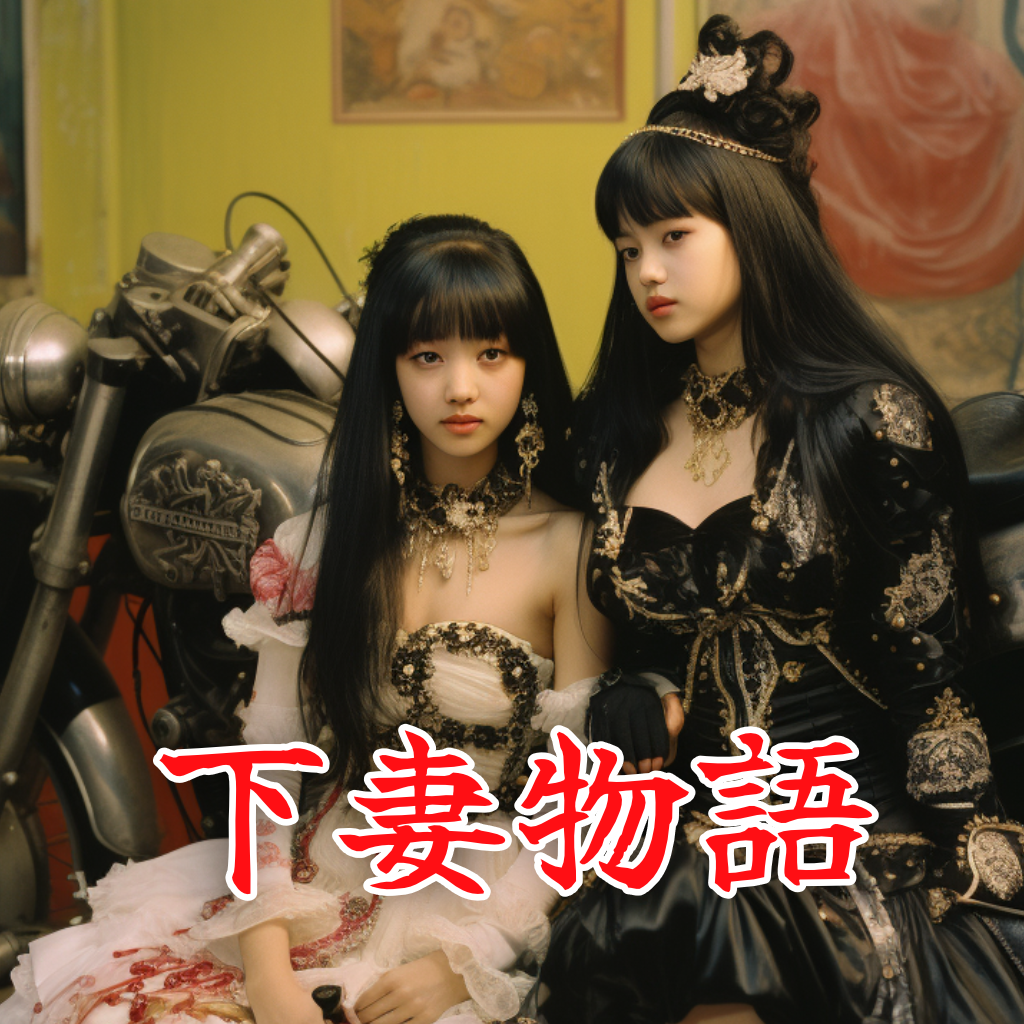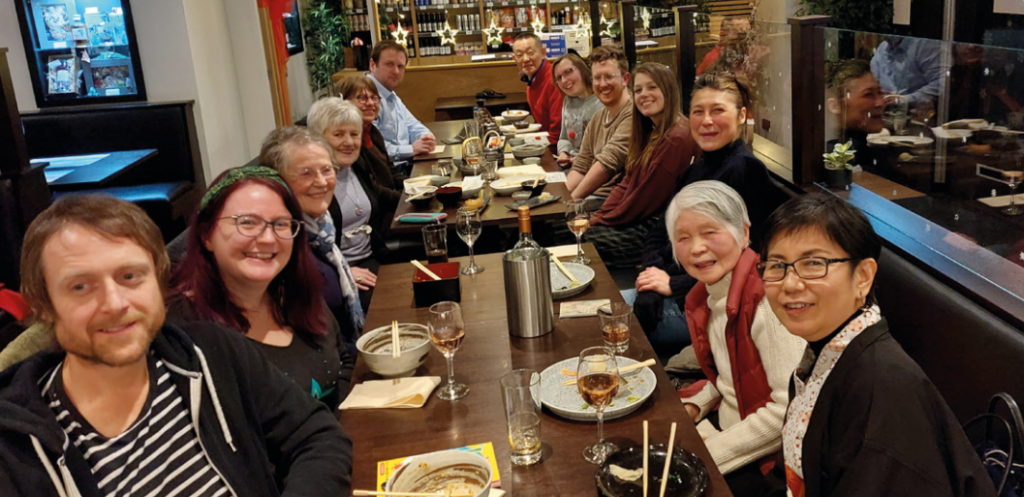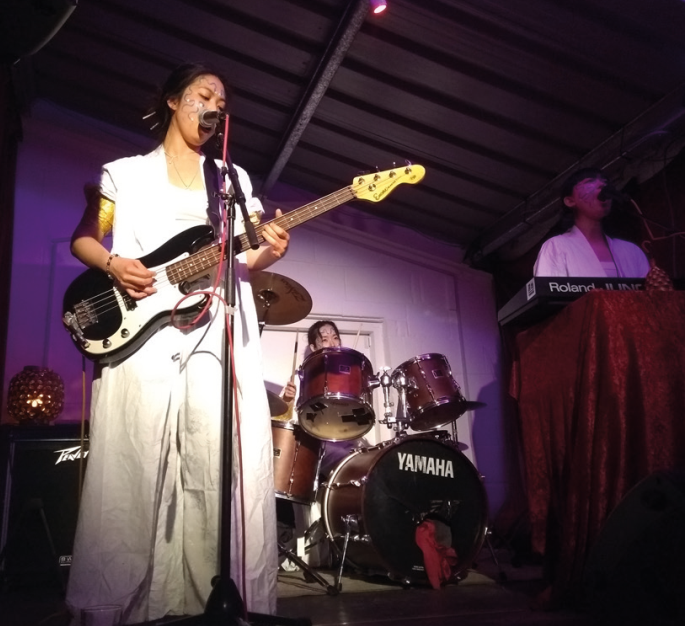| Kamikaze Girls |
 |
Join us at the Tim Parry Community Centre, Warrington, WA5 3NY on 14th October, 2pm – 3pm, and watch this movie with us
Tea, coffee and cakes are available for a small charge of £2.
“Kamikaze Girls” (originally titled “Shimotsuma Monogatari” in Japan) is a 2004 Japanese film based on the novel of the same name by Novala Takemoto. The film was directed by Tetsuya Nakashima.
The story revolves around two unlikely friends:
- Momoko Ryugasaki – A girl who is obsessed with the Rococo period and desires to live her life as a frilly-dressed ‘Lolita’. She wears elaborate and ornate clothing that’s reminiscent of European styles from the 18th century. Despite her delicate appearance, she has a tough and independent character. Her life revolves around her passion for the brand “Baby, The Stars Shine Bright.”
- Ichiko Shirayuri – A rough-and-tough Yanki (a type of Japanese delinquent) who is part of an all-girls biker gang. She is the complete opposite of Momoko in every sense, with her punk look and brash personality.
The story unfolds as their paths cross, and despite their stark differences, they form an unlikely bond. The film delves into themes of friendship, individualism, and the desire to find one’s place in the world. It’s a unique combination of comedy, drama, and a little bit of action.
The original Japanese title for “Kamikaze Girls” is “下妻物語”, which is read as “Shimotsuma Monogatari”. Here’s the breakdown:
- 下妻 (Shimotsuma) refers to Shimotsuma City in Ibaraki Prefecture, Japan.
- 物語 (Monogatari) means “story” or “tale”.
So, “下妻物語” (Shimotsuma Monogatari) can be translated as “The Shimotsuma Story” or simply “Shimotsuma Tale”. The title was changed for Western audiences with the image of Kamikaze used to reflect the collision of the two girls different lives perhaps.
“Kamikaze Girls” was well-received for its quirky characters, vibrant visuals, and the way it showcased various subcultures within Japan. Watch the trailer – here!







